Whether you are cycling, running, walking or exercising your pet on the Montour Trail, review these safety and etiquette tips before you visit.
You can download the brochure here.
 Cyclists
Cyclists
- Remember to wear your helmet — no matter your age or ability! PA law requires anyone under the age of 12 to wear a helmet when riding a bike.
- Keep right (as cars do on the road). Pass on the left.
- E-bikes must comply with MTC’s transportation policy.
- Always maintain a safe speed. Most of the Montour Trail is paved with crushed limestone, so there can be unexpected gravelly spots, troughs and washouts.

- Safe biking speed is important when many people are out enjoying the Trail. How fast is too fast? The speed limit is 15 mph. But you should always be prepared to react quickly to what other users do — remember that kids and pets can be unpredictable. Watch out for those using wheelchairs as well.
- Warn before passing by ringing a bell or calling out. Warn loudly and early, because lots of runners and walkers wear headphones and may not hear you.
- Check behind you frequently, so you have time to react if another Trail user gets too close.
- Don’t block the Trail. Ride single file when in congested areas.
- When stopping, signal your intention and move to the right when it is clear to do so. Then step off the Trail so that other users can proceed.
- If you use earbuds, keep the volume low enough so you can hear what is happening around you.
- After the winter thaw and heavy rains, the Trail’s surface might be soft, which can affect bike handling. At any time of the year, there can be downed trees. When it snows, the Trail may be slippery (per winter maintenance policy). Check for any posted Trail alerts on the website. Many people use the Facebook Enthusiasts group — an independent forum for sharing information with like-minded Montour Trail users — to report (and learn about) unusual or hazardous conditions.
- In winter, when there are cross-country ski tracks set, avoid riding over them. This is a courtesy to the users who worked hard to create them.
Walkers & Runners
 Those running, jogging, or walking should keep right. (This is different than walking on a road.)
Those running, jogging, or walking should keep right. (This is different than walking on a road.)- Be sure to share the Trail, and walk or run single file when in congested areas. Stay aware of other users. Even people in wheelchairs use the Montour Trail.
- Be predictable. Check before turning around or passing others. Call out to warn others before passing on the left.
- Be especially careful when wearing headphones or earbuds. If you use them, keep the volume low enough so you can hear what is happening around you.
- Check behind you frequently, so you have time to react if another Trail user gets too close.
- When stopping to rest, chat or enjoy nature, move to the right and step off the Trail. This is the safest way to avoid a potential collision.
 Because most of the Montour Trail is paved with crushed limestone, there can be unexpected gravelly spots, troughs, and washouts. For example, after the winter thaw and heavy rains, the surface might be soft; at any time of the year, there can be downed trees. When it snows, the Trail may be slippery (per winter maintenance policy). Check for any posted Trail alerts. Many people use the Facebook Enthusiasts group — an independent forum for sharing information with like-minded Montour Trail users — to report (and learn about) unusual or hazardous conditions.
Because most of the Montour Trail is paved with crushed limestone, there can be unexpected gravelly spots, troughs, and washouts. For example, after the winter thaw and heavy rains, the surface might be soft; at any time of the year, there can be downed trees. When it snows, the Trail may be slippery (per winter maintenance policy). Check for any posted Trail alerts. Many people use the Facebook Enthusiasts group — an independent forum for sharing information with like-minded Montour Trail users — to report (and learn about) unusual or hazardous conditions.- In winter, when there are cross-country ski tracks set, avoid walking over them. This is a courtesy to the users who worked hard to create them.
 Users with Pets
Users with Pets
 Stay to the right, both you and your pet.
Stay to the right, both you and your pet.- Always keep your pet on a leash.
- Always clean up after your pets. Bag the waste and put it in a proper trash container. Waste left behind creates an unsightly and unsanitary mess.
- When stopping, move off the Trail — and make sure that your pet is clear of the pathway — so that others can proceed.
- If you use earbuds, keep the volume low enough so you can hear what is happening around you.
- For your own safety — as well as your pet’s — pay attention to other Trail users around you. Because most of the Montour Trail is made of crushed limestone, there can be unexpected gravelly spots, troughs, and washouts. For example, after the winter thaw and heavy rains, the surface might be soft; at any time of the year, there can be downed trees. When it snows, the Trail may be slippery (per winter maintenance policy). Check for any posted Trail alerts. Many people use the Facebook Enthusiasts group — an independent forum for sharing information with like-minded Montour Trail users — to report (and learn about) unusual or hazardous conditions.
- In winter, when there are cross-country ski tracks set, avoid walking over them. This is a courtesy to the users who worked hard to create them.
Emergencies
If there is an emergency on the Trail, call 911 and give the dispatcher the nearest mile number — Milepost signs are located all along the trail, usually at half-mile points. Local Emergency Services are familiar with the trail and will respond appropriately.
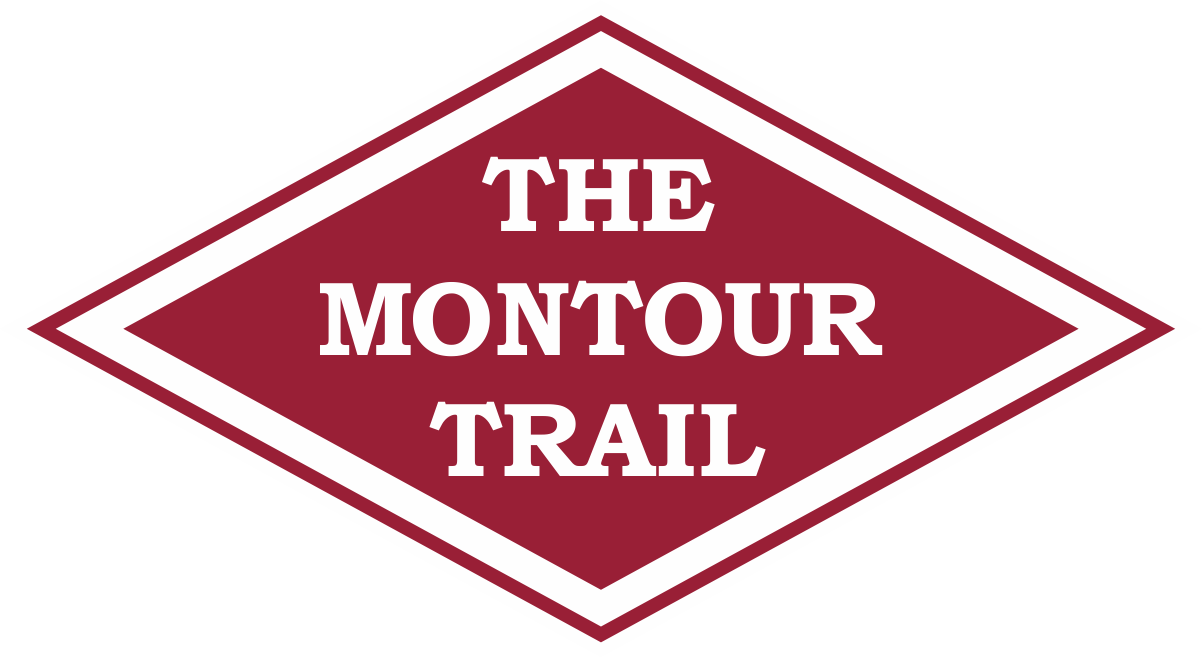
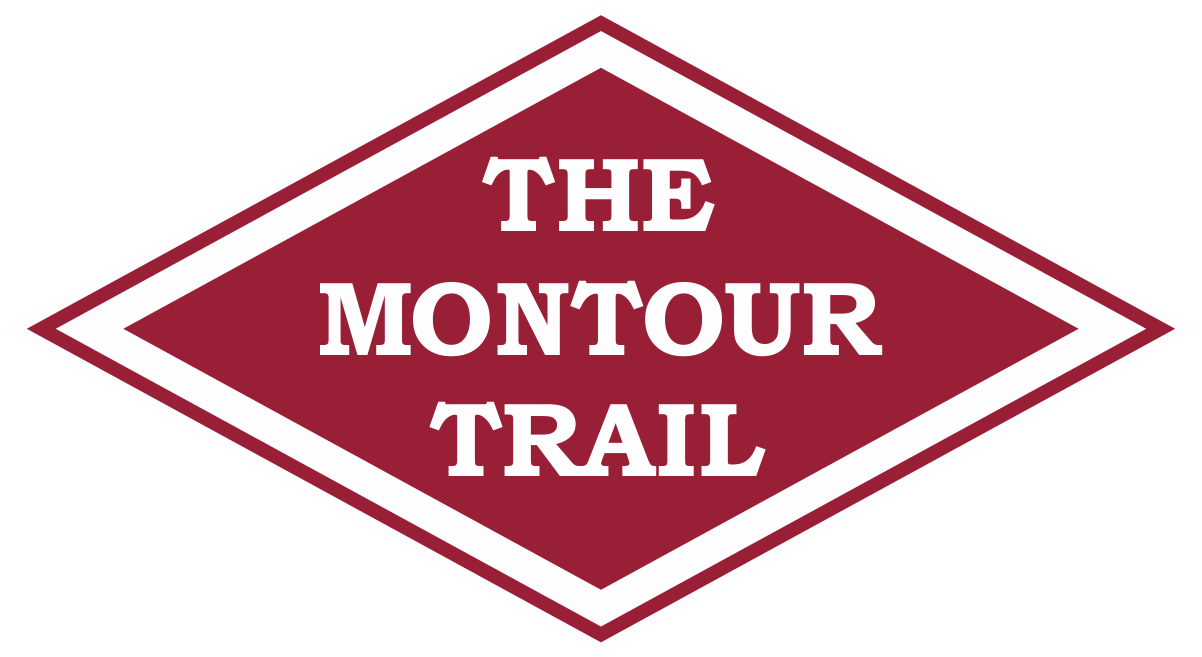
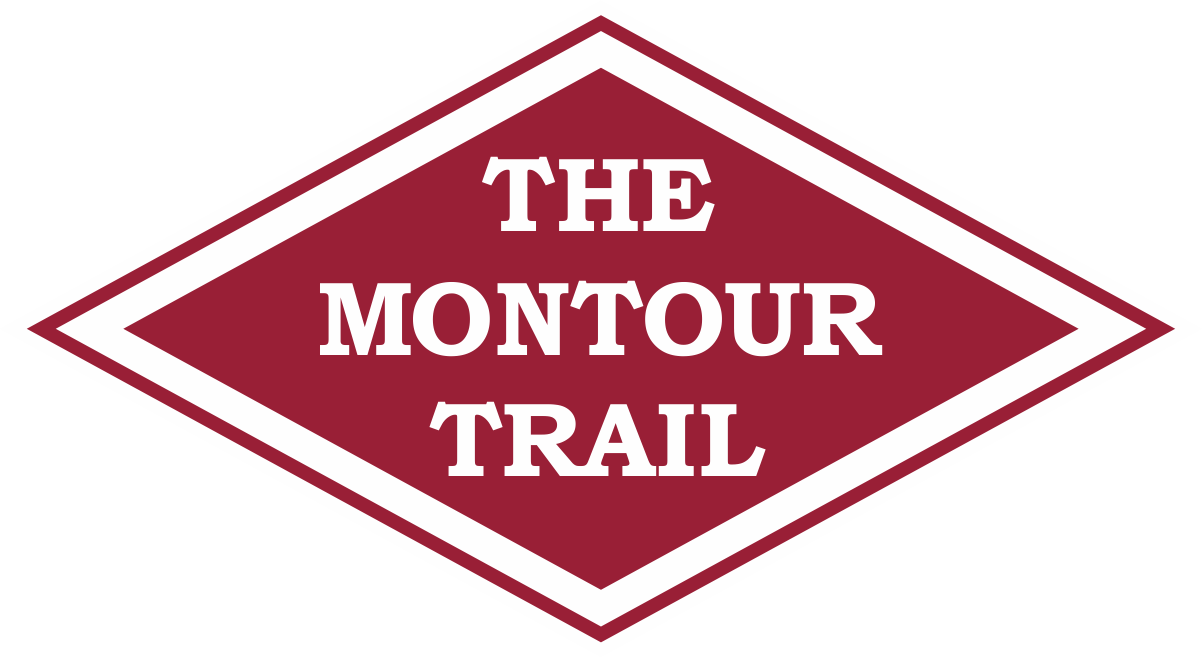
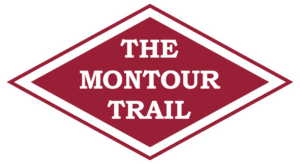
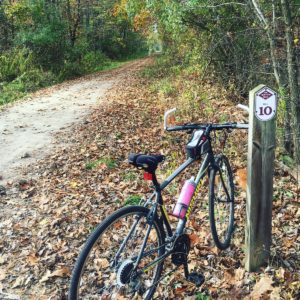 Cyclists
Cyclists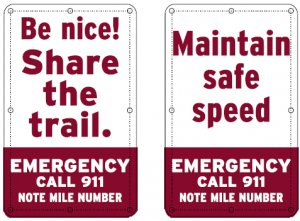
 Those running, jogging, or walking should keep right. (This is different than walking on a road.)
Those running, jogging, or walking should keep right. (This is different than walking on a road.)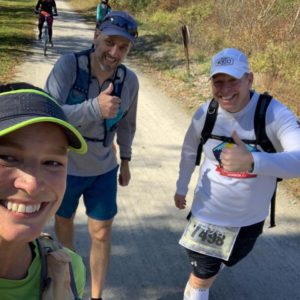 Because most of the Montour Trail is paved with crushed limestone, there can be unexpected gravelly spots, troughs, and washouts. For example, after the winter thaw and heavy rains, the surface might be soft; at any time of the year, there can be downed trees. When it snows, the Trail may be slippery (per
Because most of the Montour Trail is paved with crushed limestone, there can be unexpected gravelly spots, troughs, and washouts. For example, after the winter thaw and heavy rains, the surface might be soft; at any time of the year, there can be downed trees. When it snows, the Trail may be slippery (per 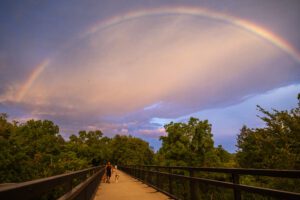 Users with Pets
Users with Pets Stay to the right, both you and your pet.
Stay to the right, both you and your pet.